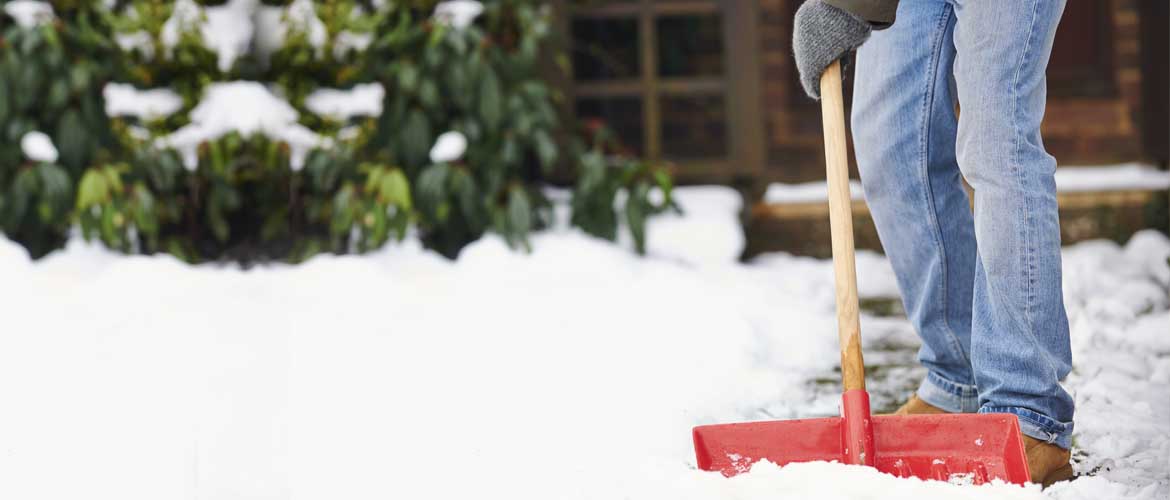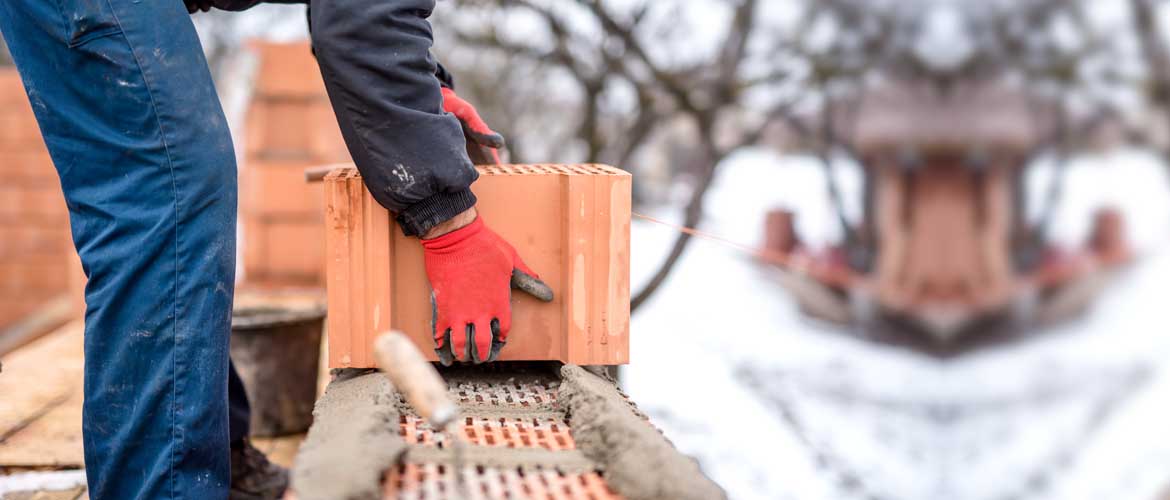January 22, 2018
For those who work outdoors for a living, their jobs require them to spend long hours exposed to the elements. Employees in snow removal, construction, oil and gas, landscaping, the postal service, and the police force are all examples of workers that need to take winter safety into consideration during their everyday duties.
Some of the most typical injuries during the winter months are caused by slips, trips, and falls. These can happen year-round, but slippery, icy conditions make them more likely to happen in the winter. Other common winter injuries include trench foot, frostbite, hypothermia, and wind burn. Luckily, there are several ways that employers and workers can prevent these injuries and make the work environment a safe place for everyone.
Slips, Trips, and Falls
Slips, trips, and falls are some of the most frequently reported injuries, making up approximately 25 percent of workers’ compensation claims per year.1 In 2014 alone, there were 34,860 workplace slip-and-fall injuries involving ice, sleet, or snow that resulted in one or more days away from work to recover.2
When it comes to falls during the winter, icy conditions are a big factor. One important way to prevent icy, wet conditions outdoors is to spread deicer right after a winter storm, whether at the workplace or home. Other precautions to minimize your risk of falling while working outdoors include:
- Taking extra time to plan your steps. Take the route that provides the best footing when it’s snowy and icy.
- Wearing the appropriate shoes. Boots with rough or heavy tread are good for walking in the snow.
- Watching for black ice. After freezing rain or melting snow, black ice often forms on roadways and sidewalks. Familiarize yourself with black ice conditions and be prepared.
- Walking cautiously once indoors. Entrances can become very slippery from people walking in with snowy shoes.

There’s a Safe Way to Fall
There are several studies on safe falling techniques that are proven to help minimize injury if a slip, trip, or fall does occur.
The University of California suggests the following three tips:
- Let your body go limp, which will allow your body to naturally roll into the fall.
- Don’t try to break your fall by extending your wrists, elbows, or knees. Keep each of these joints bent.
- Tuck your chin in and protect your head with your arms.
Cold Stress
Cold stress occurs when your skin temperature drops, resulting in a drop in your internal body temperature. Factors that may cause heat to leave the body more rapidly are wind chills or wetness. Cold stress includes trench foot, frostbite, and hypothermia.
Trench foot – An injury of the foot caused by prolonged exposure to wet and cold conditions. Signs of trench foot include redness, tingling sensation, pain, swelling, leg cramps, numbness, and blisters.
Frostbite – An injury caused by the freezing of skin and tissues, which can cause permanent damage to the body. Signs of frostbite include redness, pain, or unusually firm, waxy, or numb skin with a grayish-yellow pallor.
Hypothermia – Occurs when normal body temperature drops to less than 95 degrees Fahrenheit after being exposed to cold or cool temperatures for a long period of time. Signs of hypothermia include shivering, exhaustion, memory loss, slurred speech, jittery hands, or sleepiness.
Some precautions to minimize your risk of cold stress include:
- Covering exposed skin before stepping outside. When wind chills drop, exposed flesh can freeze quickly, leading to frostbite and hypothermia.
This includes wearing several layers of the appropriate materials. EHS Today recommends the following three layers:
Layer 1 (closest to the skin) - A polypropylene or similar wicking material. This helps draw sweat away from the body to keep the skin dry.
Layer 2 (middle layer) - An insulating layer of wool or polar fleece-type materials.
Layer 3 (outer layer) - A nylon or similar material to block the wind.
Remember to also wear gloves, a hat, face covering, and appropriate socks. If your job allows, wear waterproof, thermal gloves. It’s important to keep your hands protected and dry. A hat reduces the amount of body heat lost through your head, while face covering helps to prevent wind burn. When choosing socks (and other layers), avoid cotton because it does not keep its warmth when wet. Wool is a better option for pulling moisture away from the skin, keeping you warm and dry.
- Taking breaks. Frequent, short breaks in warm, dry areas are important to help raise your body temperature.
A good way to determine how long it is safe for you to stay outdoors is by utilizing the American Conference of Governmental Industrial Hygienists’ (ACGIH) Work/Warm-up Schedule. This takes both air temperature and wind speed into account to provide recommendations on working a four-hour shift outdoors. Your employer may choose your maximum work periods and breaks based on a schedule similar to this.
- Drinking a warm beverage. This can help to increase your body temperature, which should always be above 95 degrees.
- Removing any wet or damp clothing. Wet clothing contributes to dropping body temperature. Be sure to remove anything wet or damp immediately at the end of your workday or shift.

Winter Driving
Proper winter driving is another important safety consideration − whether as part of your job or your daily commute. Before driving any vehicle – personal or company – in the winter, do your own inspection to ensure it is working properly. This includes checking the brakes, cooling system, electrical system, engine, exhaust system, tires, oil, and visibility. The Occupational Safety and Health Administration (OSHA) has several safe winter driving tips that can help you plan for whatever the road throws your way throughout the season.
OSHA also recommends storing an emergency kit in your vehicle with the following items:
- Cellphone or two-way radio
- Windshield ice scraper
- Snow brush
- Flashlight with extra batteries
- Shovel
- Tow chain
- Traction aids (bag of sand or cat litter)
- Emergency flares
- Jumper cables
- Snacks
- Water
- Road maps
- Blankets, change of clothes
are you an employer?
MedExpress offers a wide range of health and wellness services to keep employees health.
References:
1 Occupational Safety and Health Administration. Slips, Trips & Falls: Identification & Prevention. Accessed November 30, 2017.
2 U.S. Bureau of Labor Statistics. 42,480 work injuries involved ice, sleet, or snow in 2014. Accessed November 30, 2017.
